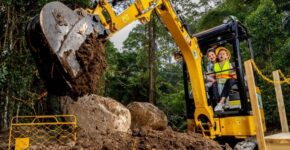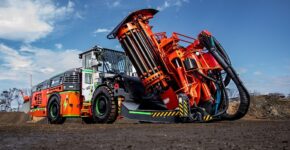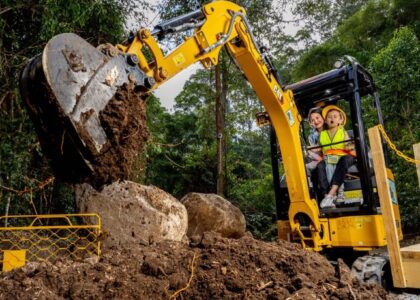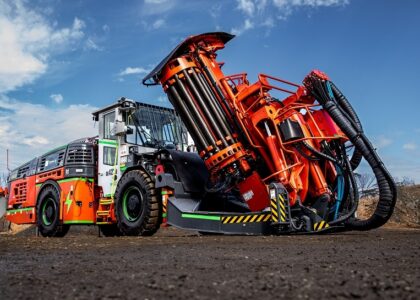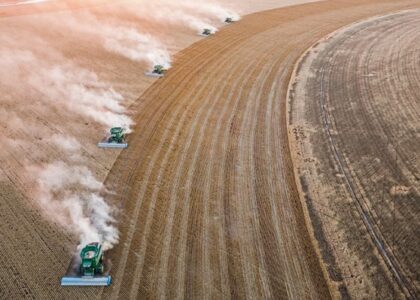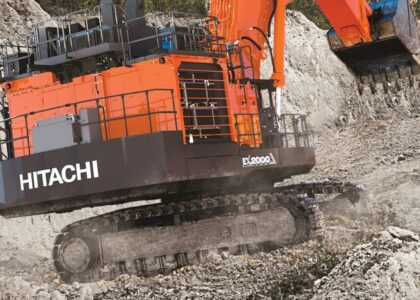The risk of serious accidents is particularly high in the construction industry – the statistics show this.
According to the Association of Workers’ Compensation Boards of Canada, 199 occupational fatalities were recorded in 2018 in the construction industry. Among our neighbors in the United States, fatal injury rates in this industry are twice as high as in all other industries.
Falls are one of the most common causes of serious injury and death on construction sites. Construction workers are also at higher risk when working with heavy equipment.
Here are some tips to minimize these risks.
Heavy vehicles and equipment
The presence of vehicles and mobile construction equipment on construction sites puts workers at a higher risk of serious injury or death.
These tips are for employers and foremen:
- Ensure vehicles and heavy equipment are properly maintained. In addition, manufacturers’ user manuals must be readily available to workers who need to be trained in the operation of the equipment.
- Plan construction projects to avoid or minimize reversing vehicles.
- Ensure flaggers and equipment operators are well trained.
- Ensure that proper signage is in place where vehicles or mobile construction equipment travel.
- Make supervisors responsible for ensuring that workers wear high-visibility clothing.
Advice for workers:
- Do not use heavy machinery without the assistance of a specialized flagman.
- If you are not qualified, competent and trained to do so, and if you do not have the required or necessary permits to do so, do not use heavy machinery.
- Do not use electrical equipment without the appropriate protections.
- Use the machines in accordance with the manufacturers’ user manuals.
- Do not wear loose clothing or tie up your long hair when using equipment with moving parts.
- Don’t use heavy machinery if you don’t have a clear view of the path.
- Use mobile equipment and vehicles in a safe manner, and report equipment faults to the supervisor.
- Understand the worker’s right to refuse unsafe work.
- Do not drive vehicles without the assistance of a trained flag person, and report any known workplace hazards to the supervisor.
Working at heights and risk of falls
Falls are one of the most common causes of serious injury and death on construction sites.
Poor lighting, lack of guardrails, unprotected openings in surfaces, lack of safety harnesses or protective gear, untidy work conditions, and many other factors contribute to fall risk.
Tips for employers:
- Train workers in the proper use of the fall protection system.
- Ensure adequate supervision and planning for workplace safety.
- Ask supervisors to monitor the use of personal protective equipment.
- Train workers to keep workspaces tidy.
- Educate workers about potential fall hazards and the safety practices required to prevent falls.
For workers:
- Only work at heights after you have received proper fall prevention training.
- Understand the worker’s right to refuse unsafe work.



